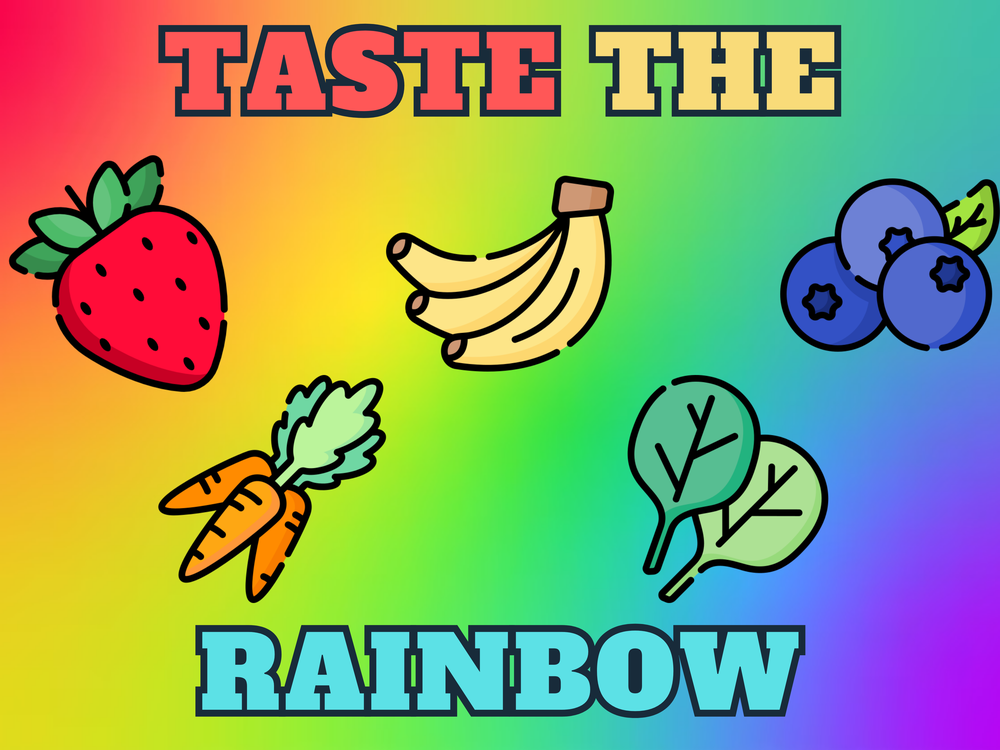
What Are Phytochemicals?
Phytochemicals are compounds that plants develop to protect themselves from oxidative stress and environmental damage. They support the immune system by protecting themselves against viruses, bacteria, fungi, and parasites.
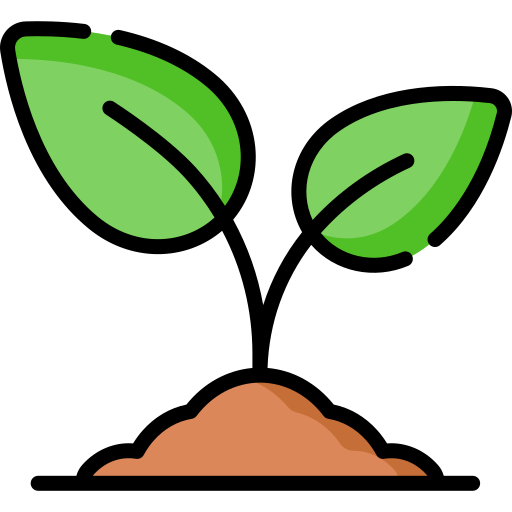
We humans can get these same benefits from consuming phytochemicals. A whole foods plant-based diet is not only rich in vitamins and minerals, but also extremely rich in phytochemicals.
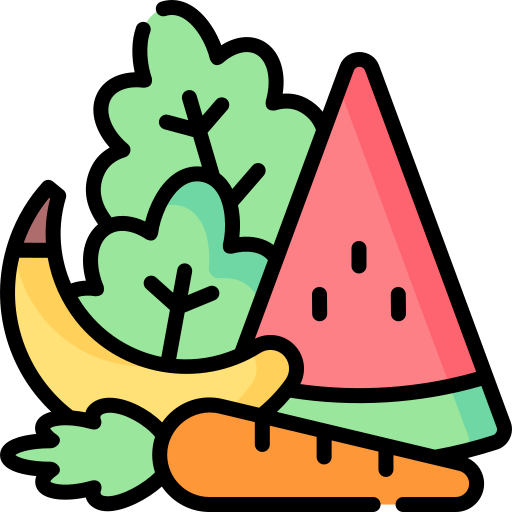
All plant foods produce various amounts of different phytochemicals. From vegetables, to beans, to fruits, and nuts, all of these are essential for the reducing inflammation and protecting against various diseases.
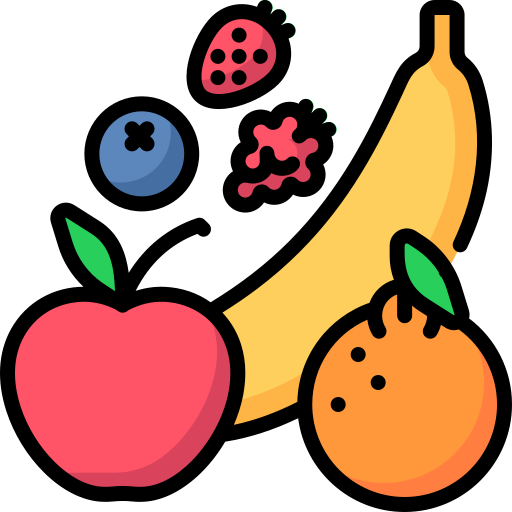
Types of Phytochemicals
There are thousands of different types of phytochemicals, but below are some of the most important ones and places you can find them:
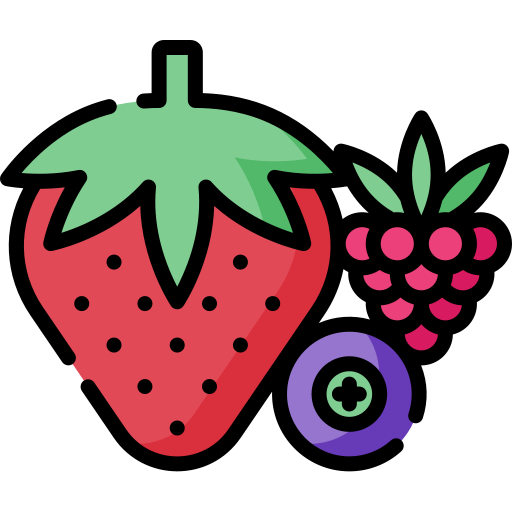

Benefits of Phytochemicals
Nutrition and health are so much more complicated than a simple nutrition facts label. You won't be able to read about all the contents of different phytochemicals in the foods you eat when at the grocery store. Below are just some of the benefits of consuming a diet rich in phytochemicals:
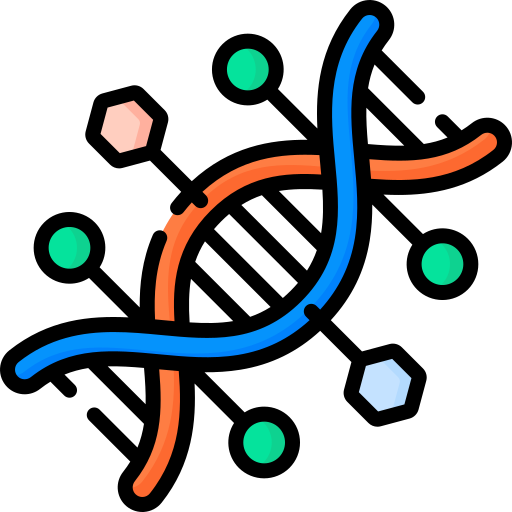
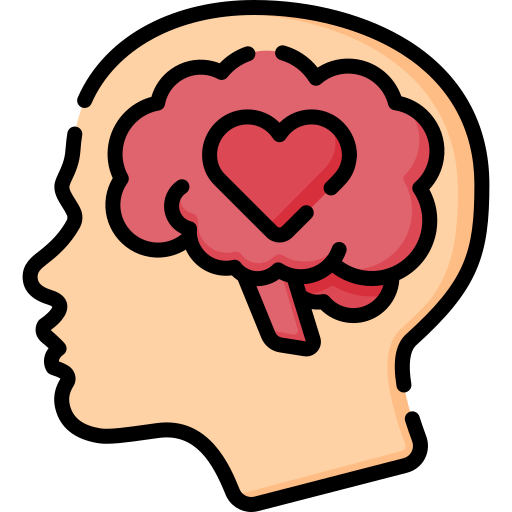
Where Do I Find Phytochemicals?
As mentioned above, phytochemicals are only found in plant-based whole foods. It's important to incorporate a wide variety of plant foods into your diet like vegetables, fruits, and legumes.
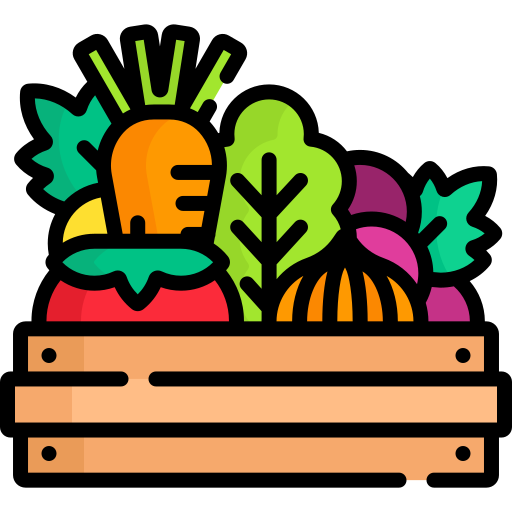
The best sign that a food is rich in phytochemicals is by looking at the color. Have you every heard the phrase "eat the rainbow". This phrase refers to consuming a wide variety of phytochemicals (not Skittles). The distinct colors and smells of fresh produce are telling signs that the food is rich in phytochemical compounds.
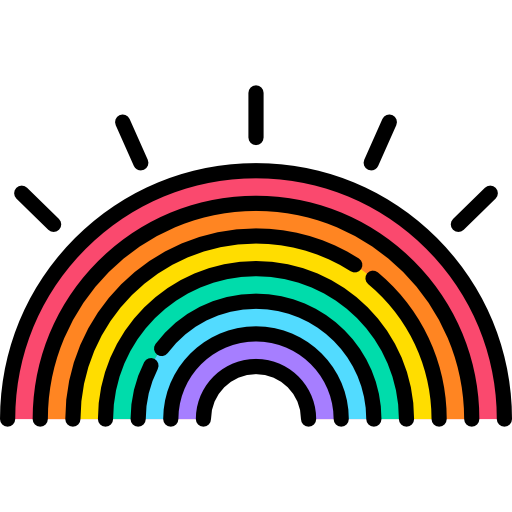
On the total opposite side is ultra processed food, which is entirely devoid of phytochemicals, even if it may contain some minor amounts of fruits and vegetables. Not only that, but ultra processed food is severely lacking in fiber, protein, water, vitamins, and minerals.
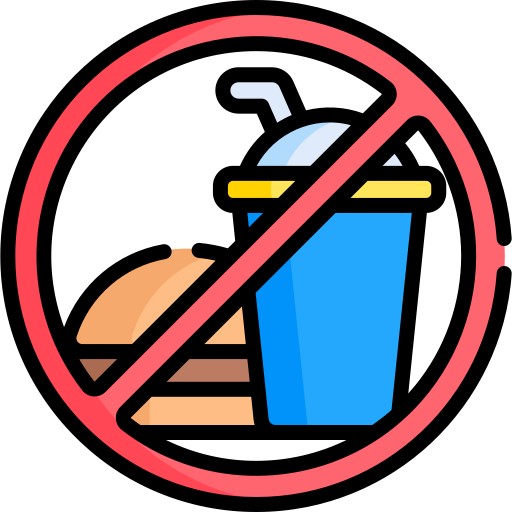
Eat the Rainbow
Red
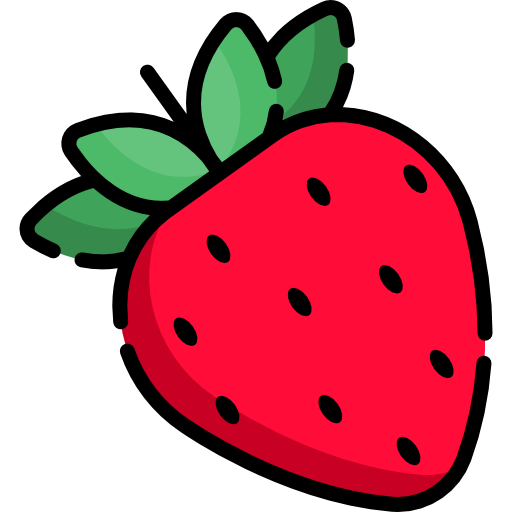
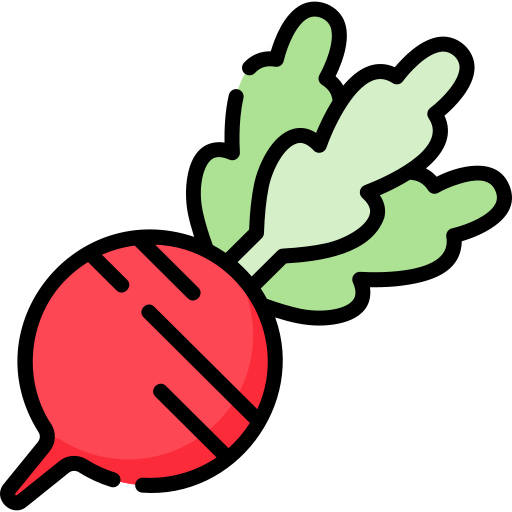
Orange
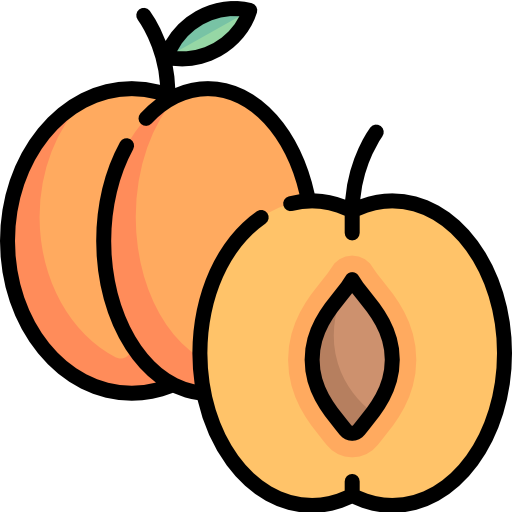

Yellow
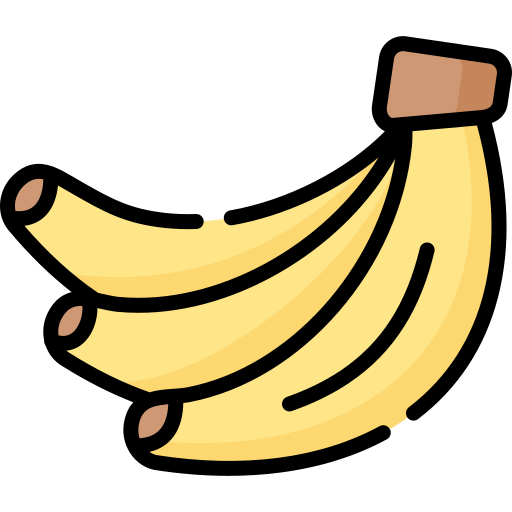
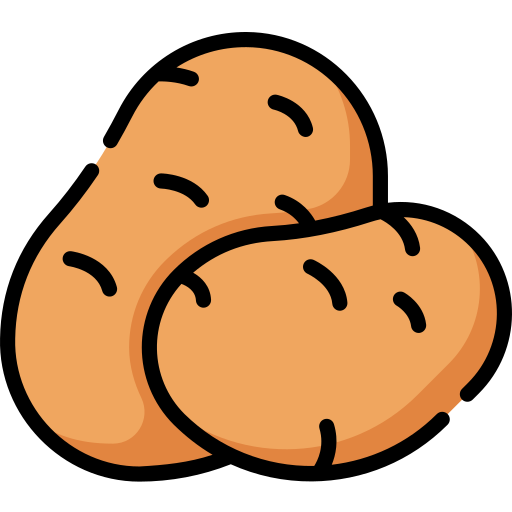
Green
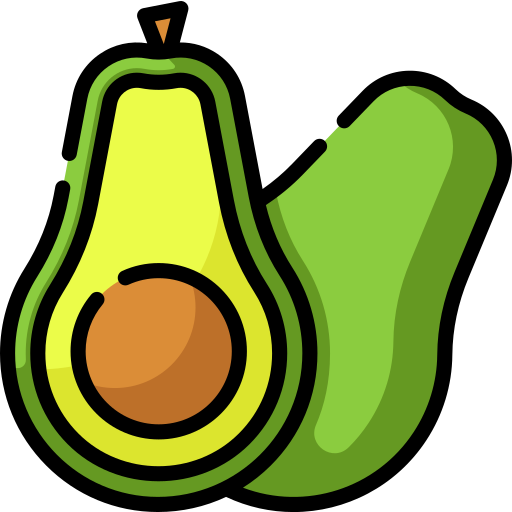
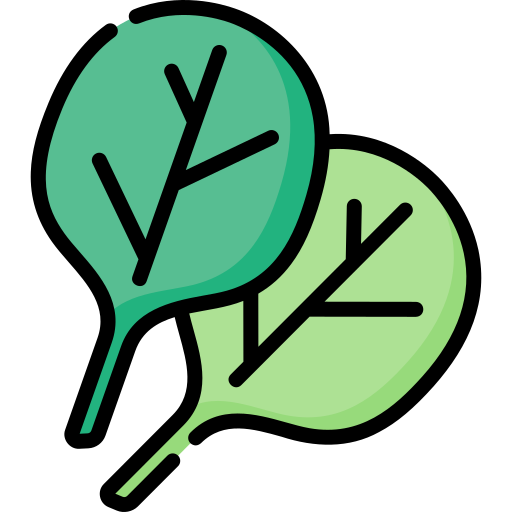
Blue/Purple
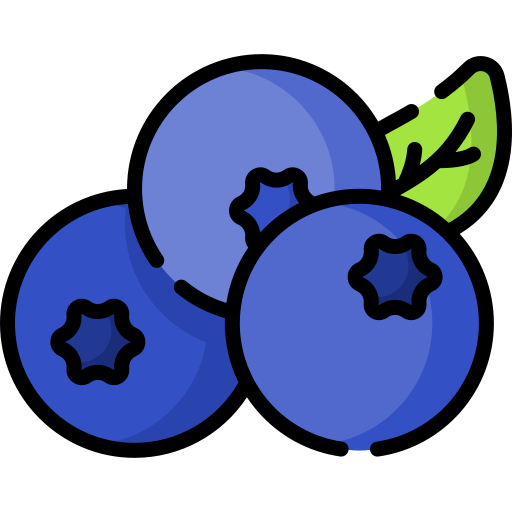
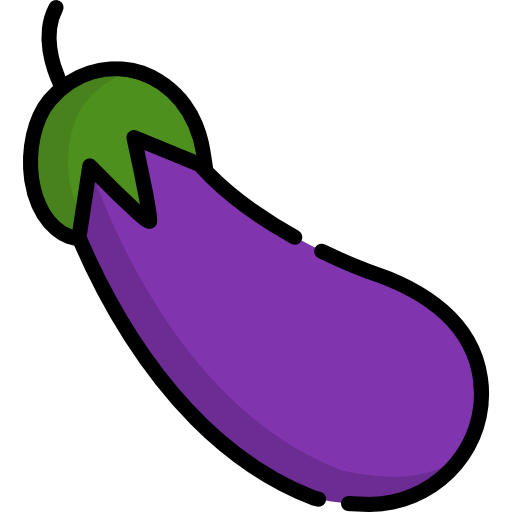
Sources
This post may contain affiliate links
Phytochemicals are compounds that plants develop to protect themselves from oxidative stress and environmental damage. They support the immune system by protecting themselves against viruses, bacteria, fungi, and parasites.

We humans can get these same benefits from consuming phytochemicals. A whole foods plant-based diet is not only rich in vitamins and minerals, but also extremely rich in phytochemicals.

All plant foods produce various amounts of different phytochemicals. From vegetables, to beans, to fruits, and nuts, all of these are essential for the reducing inflammation and protecting against various diseases.

Types of Phytochemicals
There are thousands of different types of phytochemicals, but below are some of the most important ones and places you can find them:
- Anthocyanidins - red and purple berries
- Beta-carotene - dark leafy greens and orange vegetables
- Carotenoids - pumpkin, carrots, and bell peppers
- Catechins - black grapes, apricots, and strawberries
- Flavonoids - tea and cocoa
- Isoflavones - soybeans
- Polyphenols - cloves, berries, and dark chocolate


Benefits of Phytochemicals
Nutrition and health are so much more complicated than a simple nutrition facts label. You won't be able to read about all the contents of different phytochemicals in the foods you eat when at the grocery store. Below are just some of the benefits of consuming a diet rich in phytochemicals:
- Aid in DNA repair
- Fight free radicals
- Inhibit cancer growth
- Prevent DNA damage
- Protect your brain
- Reduce inflammation and oxidative stress
- Reduce risk of heart disease
- Regulate hormones
- Strengthen your immune system
- Support heart, vision, and skin health


Where Do I Find Phytochemicals?
As mentioned above, phytochemicals are only found in plant-based whole foods. It's important to incorporate a wide variety of plant foods into your diet like vegetables, fruits, and legumes.

The best sign that a food is rich in phytochemicals is by looking at the color. Have you every heard the phrase "eat the rainbow". This phrase refers to consuming a wide variety of phytochemicals (not Skittles). The distinct colors and smells of fresh produce are telling signs that the food is rich in phytochemical compounds.

On the total opposite side is ultra processed food, which is entirely devoid of phytochemicals, even if it may contain some minor amounts of fruits and vegetables. Not only that, but ultra processed food is severely lacking in fiber, protein, water, vitamins, and minerals.

Eat the Rainbow
Red
- Apples
- Beets
- Cherries
- Cranberries
- Pomegranate
- Radicchio
- Radishes
- Raspberries
- Red Bell Peppers
- Red Cabbage
- Red Onions
- Strawberries
- Tomatoes
- Watermelon


Orange
- Apricots
- Cantaloupe
- Carrots
- Mangos
- Nectarines
- Oranges
- Orange Bell Peppers
- Papaya
- Peaches
- Persimmons
- Pumpkin
- Sweet Potatoes
- Turmeric


Yellow


Green
- Artichoke
- Arugula
- Asparagus
- Avocado
- Bok Choy
- Brussel Sprout
- Cabbage
- Collard Green
- Cucumber
- Edamame
- Green Apple
- Green Olive
- Kale
- Lime
- Romaine Lettuce
- Spinach


Blue/Purple
- Blackberry
- Blueberry
- Eggplant
- Fig
- Plum
- Prune
- Purple Cauliflower
- Purple Carrot
- Purple Grape
- Purple Kale
- Purple Potato
- Raisin


Sources